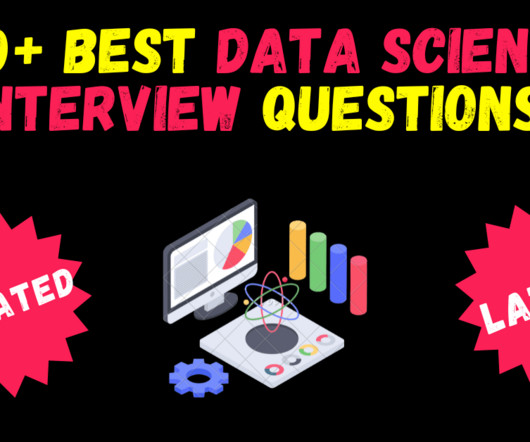Data Science skills: Mastering the essentials for success
Pickl AI
MARCH 20, 2024
Proficiency in probability distributions, hypothesis testing, and statistical modelling enables Data Scientists to derive actionable insights from data with confidence and precision. Mastery of statistical concepts equips professionals to make informed decisions and draw accurate conclusions from empirical observations.












Let's personalize your content